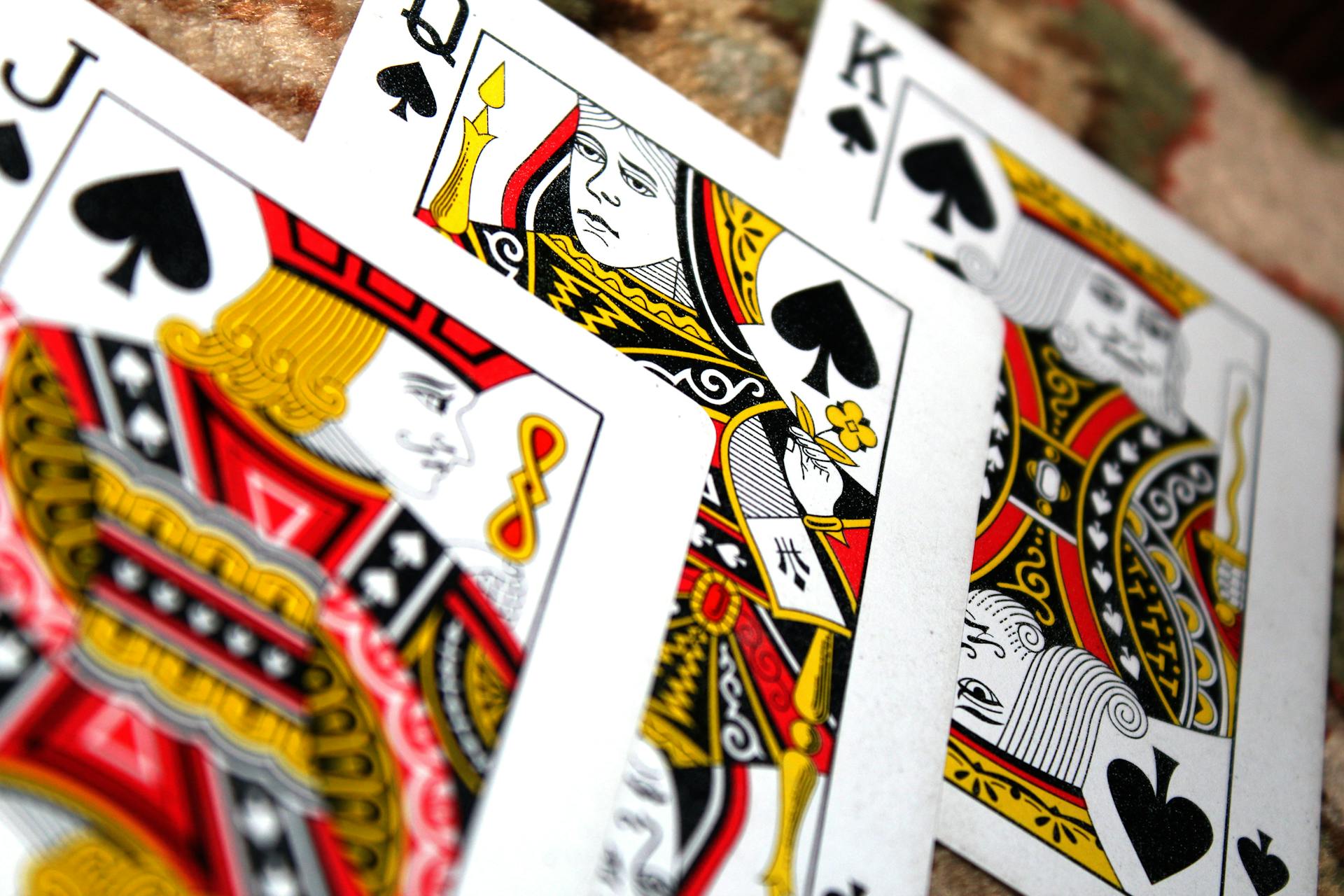The Psychology Behind Poker Understanding Player Behaviors
What is in the minds of your poker opponents? Can you read their behavior and how so? Read on, and we will show you the best tricks in poker psychology!
Author:Amy DaleyReviewer:Celeste PearlFeb 16, 202458 Shares57.8K Views

When you make 7Slots casino girişand choose a live casino, you will have an opportunity to play poker against other poker players. However, if you gamble against teal players, you must know that they dohave strategies and behaviors that can help you improve your skills. In this article, we will enlighten you as to what a poker player’s mindset is, and this should help you understand poker player behavior better.
Reading Tells From Other Players
One of the things that all poker players must learn is how to read tells from other players. Tells are behaviors that allow you to assess what they are thinking. These behaviors are common habits of an individual that allow you to “tell” what they are thinking of.
Here are some of the most common tells:
- Eye contact – a player who has eye contact with you shows that they are confident with a card.
- Shuffling chips – it is possible that a player is suddenly nervous and jittery, so they play with their chips. If a player does this and eventually reveals that they have a good hand, you can tell in the next round that if they do this again, they have a good one.
- Talking – sometimes, gamblers with good hands talk too much to take the attention away from them. They also do this to distract others.
Amateurs have obvious tells, like smiling. Those who smileor those whose eyes shine bright immediately offer a dead giveaway that they have an excellent hand.
Note that a poker “tell” or behavior is deeply personal and must not be used like a cheat sheet. You need to observe the players around you and then match the behavior with an action.
Deceptive Tactics to Win
The most common deceptive tactic in poker is playing weak or pretending to have a weak hand. This puts other players off, making them think they have better cards than yours. However, you should only do this if you have a strong hand.
Why does it work? If you are too eager to raise, call, or bet, the other players will immediately assume that you have a strong hand. If so, they will fold and will no longer participate.
Here are some ways to pretend you have a weak hand:
- Check or call; do not raise or re-raise.
- Show hesitation when calling; look at your card and pretend you are calculating, even if you know you already have a good card combination.
- Do a check-raise.
A check-raise is a strategy where you check, and if the opponent also checks or raises, you re-raise that bet. This will put your opponent off-guard. It will make him think you are bluffing. Since they have already raised, they will either fold if they think you have a good hand or call and raise again. If they do the former, you win. If they do the latter, you can check-raise him again or reraise, knowing that you have a strong hand.
Assessing Risk Takers and Taking Risks
The biggest risk you can take in poker is bluffing. The psychology here is that you are making an opponent think you have an excellent combo, even if you do not have one. It can only work if your opponent is not a master of the game. Why? Because poker masters can sniff a bluff.
Here are some bluffing tips:
- Learn how to assess the hand range of your opponent.
- Try to understand how your opponent assesses your cards.
- Refrain from pushing your luck.
If, in the past rounds, you won without showing your hands, your opponents will eventually naturally assume that you are an aggressive gambler and that you do not really have a good hand to begin with. If this is their assessment of you, and you bluff, you will lose.
Whenever you bluff, you must consider what is happening at your table. Do not bluff for the sake of bluffing. For example, you must look at the chip stacks of other players if you want to bluff. What you want is to raise the bet to force the other player to fold.
Analyzing Player Aggression or Docility
An aggressive poker player keeps raising or betting. A check-raise strategy is also an aggressive play. Aggressive play has its value in various situations, and you must learn to assess players based on their aggression to win.
If you are dealing with a docile player, all you need to do is raise the bet, and they are likely to fold. Opponents like these are afraid to take risks, and it is easier to push them out of the game by raising substantially.
On the other hand, you can beat an aggressive gambler by using their aggression against them. For example, you can keep calling if you have a good hand. You can do this during the flop. In the turn or river, depending on the player’s aggression, you can raise or re-raise if you have a really good hand.
Since an aggressive player wants to bluff their way into winning, they are likely to call your raise because they have invested heavily in it already. In this case, you have to ensure that you have a strong hand that is likely to win. Do not take big risks against an aggressive opponent. Sometimes, they have a reason for their aggression, and that reason is they have a strong hand.
In many cases, poker is a mind game rather than a game of math and calculations. That is why many gamblers are so good at bluffing. If you do not know how to assess the psychology of your opponents, you are likely to lose. The only way to master this is to keep playing and learn from each poker session you have.

Amy Daley
Author
Amy Daley is an accomplished numerologist with over 9 years of experience and a certification in Numerology. She holds a Bachelor's degree in Mathematics from Stanford University, enhancing her expertise in numerical analysis and interpretation.
Amy has authored numerous acclaimed articles on numerology, known for their clarity, depth, and practical insights. Her writing style is characterized by its accessibility and ability to convey complex numerical concepts in an engaging manner.
Readers trust Amy's expertise and credibility in numerology, making her a sought-after guide for spiritual and practical insights through numbers.
In her free time, Amy enjoys painting, hiking, and exploring ancient cultures for inspiration.

Celeste Pearl
Reviewer
Celeste Pearl is an accomplished writer and expert in numerology, astrology, and spirituality.
With a Bachelor of Arts in Journalism and over 6 years of writing experience, Celeste brings a wealth of expertise to her articles, making complex topics accessible and engaging for readers.
Her passion for metaphysical sciences is evident in her insightful content, where she explores the depths of these subjects with clarity and depth.
Beyond her professional pursuits, Celeste enjoys delving into spiritual practices and connecting with nature for inspiration.
Latest Articles
Popular Articles